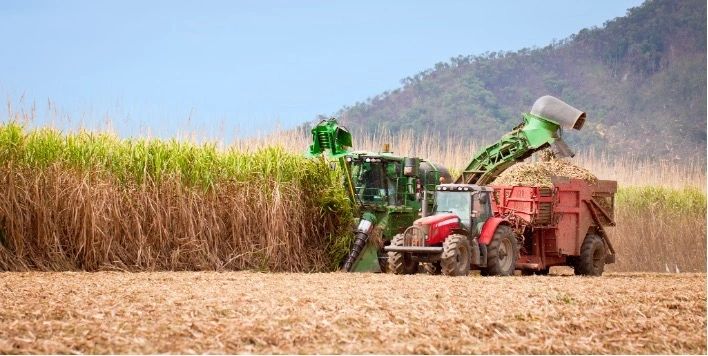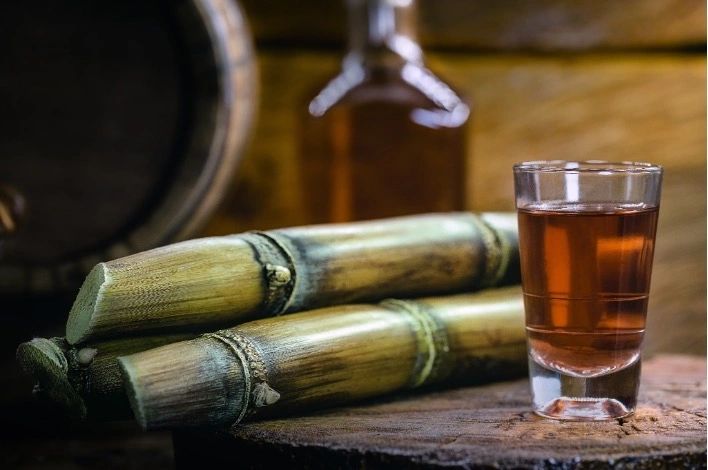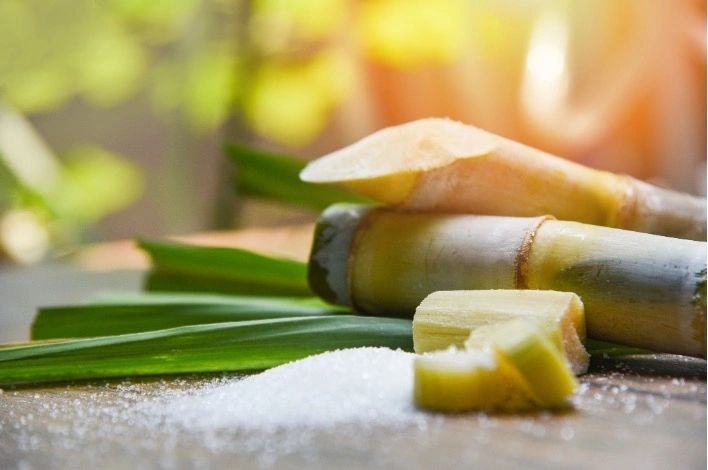The cane fields, stretching out as far as the eye can see, sway gently in the tropical breeze, their tall stalks shimmering under the hot sun. These sugarcane fields are not just a vital component of the landscape; they are the lifeline of a multi-billion-dollar global industry. It is here, amidst the verdant waves of green, that we begin our journey of tracing the transformation of this humble grass into the sweet, crystalline substance that graces our tables: sugar.
Sugarcane, a tall, stout, perennial grass, has been sweetening our lives for over 2,500 years. Originating from Southeast Asia, it gradually made its way across the world, being cultivated wherever the conditions were right – plenty of sunshine, abundant rainfall, and rich, well-drained soil.

Sugarcane harvesting is a delicate process. It usually begins with a dramatic pre-harvesting ritual of setting the cane fields ablaze, a practice primarily used in countries like Brazil and India. This controlled fire burns away the leafy tops, leaving behind the sugar-rich stalks ready for harvest. This may seem counterintuitive, but burning not only makes the cane easier to cut but also gets rid of harmful pests.
Once the field is cooled down, workers, armed with razor-sharp machetes, wade in to cut the cane close to the ground where the sucrose content is highest. They also top the cane, removing the leaves that are left. In other parts of the world, especially where labor costs are high or environmental concerns about burning are paramount, mechanized harvesters are used to reap the cane.

Next, begins a race against the clock. Sugarcane is notoriously finicky. Once cut, the sucrose content starts to decline. Therefore, getting the cane from the field to the processing mill as quickly as possible is crucial.
At the mill, the harvested sugarcane stalks are crushed to extract the sweet juice within, which is then clarified, concentrated, and crystallized, finally emerging as the sweet, white crystals we know as sugar. But the journey doesn’t end there. Even the remaining fibrous material, known as bagasse, is not wasted. It’s used as a biofuel to power the sugar mills, making the entire process remarkably sustainable.
So, the next time you stir a teaspoon of sugar into your tea, or sprinkle it over a fresh strawberry, take a moment to appreciate the bittersweet symphony of sugarcane harvesting. This sweet tale of tropical sunshine, burning fields, and crystalline magic is all part of the enchantment that begins in the field and ends in a feast for our senses.
– Stanislav Kondrashov



